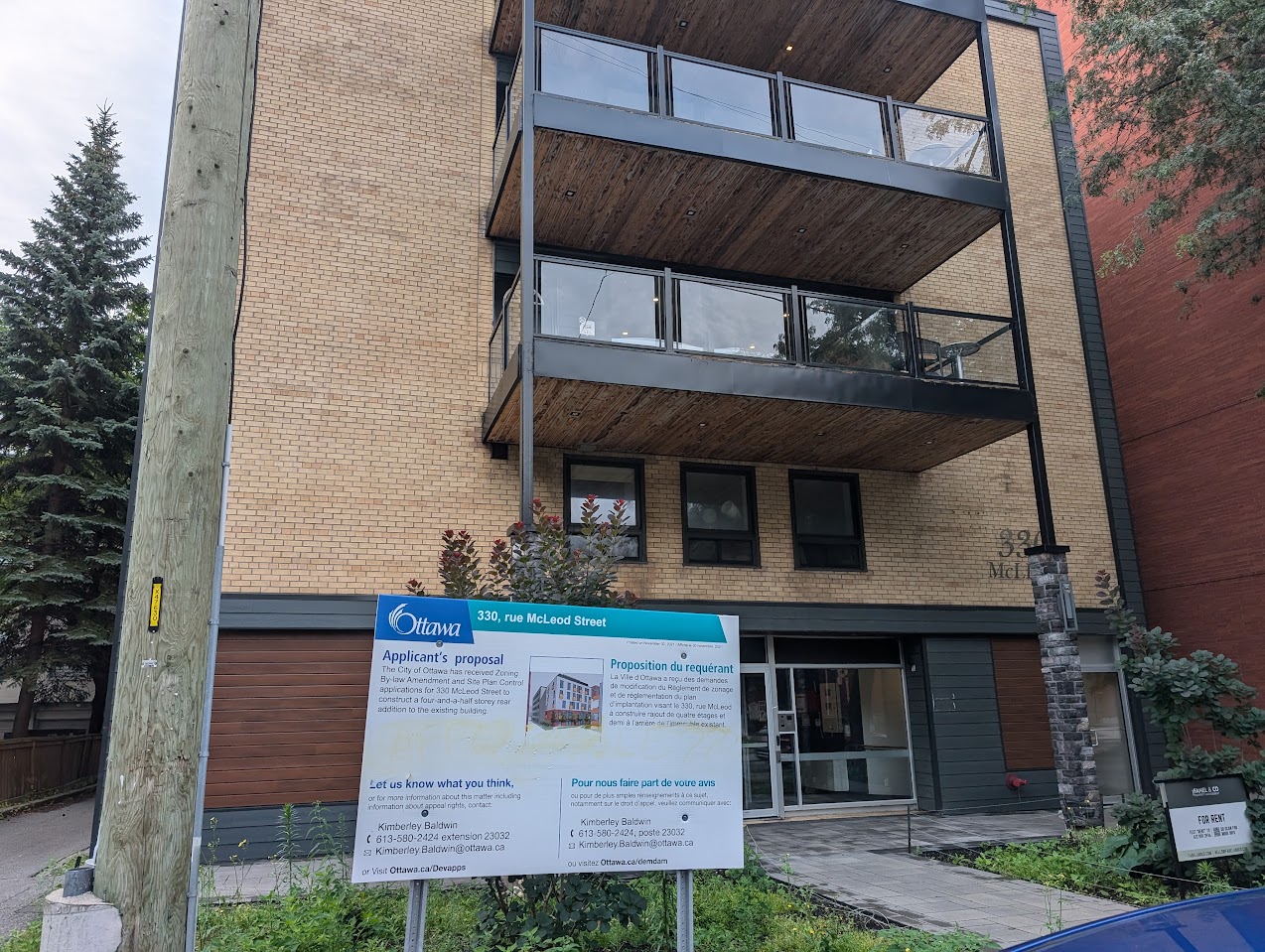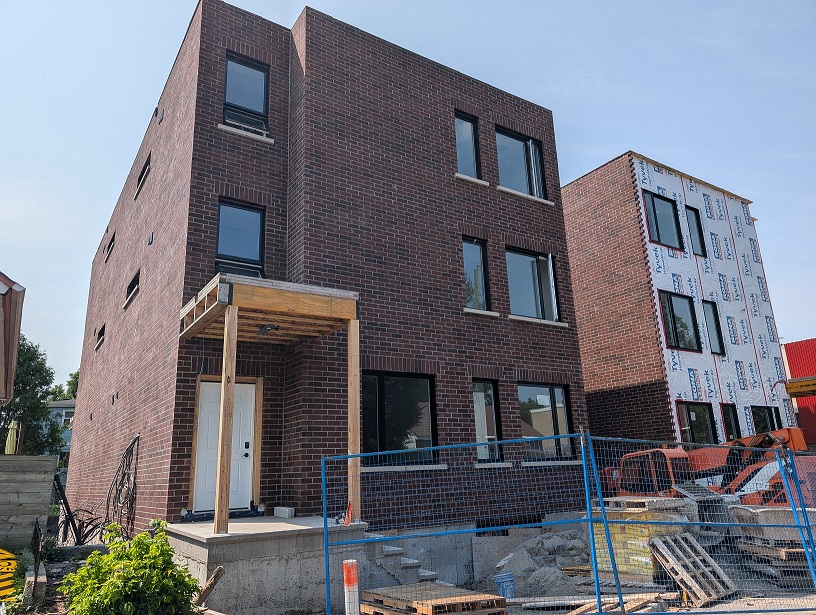How a Real Estate Portfolio Review Can Fuel Your Growth
In the ever-evolving world of real estate, maintaining a dynamic and profitable portfolio requires more than just passive ownership—it demands strategic oversight and regular evaluations. A comprehensive real estate portfolio review is a critical tool for investors looking to optimize their holdings, uncover hidden growth opportunities, and strategically expand their assets. By thoroughly examining your current portfolio, you can identify underperforming properties, spot market trends, and discover potential acquisitions that align with your long-term investment goals. Whether you're a seasoned investor or just beginning to build your real estate empire, a portfolio review is the key to unlocking new avenues of growth and ensuring sustained success in the market.
Understanding the Importance of a Real Estate Portfolio Review
A real estate portfolio is much like a living organism—it requires regular check-ups and adjustments to remain healthy and profitable. The primary purpose of a real estate portfolio review is to assess the performance of your investments and ensure they align with your financial objectives. This process involves a detailed analysis of each property within the portfolio, including its current market value, cash flow, occupancy rates, and overall return on investment (ROI).

Regular portfolio reviews are crucial for several reasons. First, they help you stay informed about the current state of your assets, allowing you to make data-driven decisions. For example, a review might reveal that certain properties are underperforming due to market changes or management inefficiencies, providing an opportunity to address these issues before they become more significant problems.
Moreover, a portfolio review enables you to keep pace with market trends. The real estate market is dynamic, with fluctuations in demand, interest rates, and regional growth impacting property values. By conducting a regular review, you can stay ahead of these changes, adjusting your strategy to capitalize on emerging opportunities or mitigate potential risks.
Finally, a real estate portfolio review ensures that your investment strategy evolves in line with your personal or organizational goals. Whether you're looking to increase cash flow, enhance property appreciation, or diversify your portfolio, a thorough review helps you refine your approach and stay on track to meet your objectives.
Identifying Potential Growth Opportunities
One of the most valuable outcomes of a real estate portfolio review is the identification of growth opportunities. These opportunities can come in many forms, from underperforming assets that could be revitalized to emerging markets that offer high potential returns. By carefully analyzing your portfolio, you can uncover these hidden gems and strategically position your investments for growth.
Underperforming Assets
Sometimes, a property in your portfolio might not be generating the expected returns. This underperformance could be due to various factors, such as poor property management, outdated facilities, or changes in the local market. A thorough review will help you pinpoint these issues, allowing you to make informed decisions about whether to invest in improvements, adjust your management strategy, or even consider selling the property if it no longer aligns with your investment goals.
Market Trends and Emerging Locations
Real estate markets are constantly shifting, with new trends and emerging locations offering fresh opportunities for investors. For instance, a neighborhood that was once overlooked may now be gaining popularity due to new infrastructure projects, an influx of businesses, or demographic changes. During a portfolio review, you can assess whether your current properties are positioned to benefit from these trends or if there are new markets you should consider entering.

Value-Add Opportunities
Another area to explore during a portfolio review is value-add opportunities. These are opportunities to enhance the value of a property through renovations, rebranding, or repositioning. For example, converting a multi-family property into luxury apartments, adding modern amenities, or improving energy efficiency could significantly increase the property's market value and rental income.
By identifying these growth opportunities, you can make strategic decisions that not only enhance the performance of your current portfolio but also lay the groundwork for future acquisitions and expansions.
Evaluating Strategic Acquisitions
A key aspect of a real estate portfolio review is the evaluation of potential strategic acquisitions. As the real estate market evolves, new opportunities often arise that could enhance your portfolio, whether by diversifying your holdings, entering a new market, or acquiring properties with high growth potential. Evaluating these opportunities requires a careful balance of analysis, foresight, and alignment with your overall investment strategy.
Alignment with Investment Goals
Before pursuing any acquisition, it’s crucial to ensure that the potential property aligns with your broader investment goals. Are you looking to diversify your portfolio by adding different types of properties, such as commercial, residential, or industrial real estate? Or perhaps you’re focused on geographical diversification, entering new markets that are experiencing growth? A portfolio review allows you to clarify these goals and identify acquisitions that can help you achieve them.
Due Diligence and Risk Assessment
When evaluating a potential acquisition, thorough due diligence is essential. This process involves a deep dive into the property’s financials, market conditions, and legal considerations. Key factors to assess include the property's historical performance, the stability of rental income, the condition of the property, and any potential legal issues such as zoning restrictions or pending litigation. Additionally, it’s important to consider the broader market conditions—how stable is the local economy? What are the long-term growth prospects for the area? Conducting a detailed risk assessment helps you avoid potential pitfalls and make informed decisions.

Synergy with Existing Portfolio
Strategic acquisitions should also be evaluated for their potential synergy with your existing portfolio. For example, acquiring a property in a market where you already have a strong presence could lead to operational efficiencies, such as shared management resources or economies of scale. Alternatively, acquiring properties that complement your existing holdings—such as adding a retail space to a residential area—can create new value through cross-utilization or tenant diversification.
Financing and Acquisition Strategy
Finally, consider your financing options and overall acquisition strategy. Will you be leveraging debt to finance the acquisition, or do you have available capital for a cash purchase? What is your timeline for closing the deal, and how does this fit with your current financial position? Understanding these factors helps you structure the acquisition in a way that maximizes benefits while minimizing risks.
By evaluating potential acquisitions through the lens of your overall portfolio strategy, you can make informed decisions that contribute to the long-term growth and stability of your real estate investments.
Optimizing Asset Performance
Optimizing the performance of the assets within your real estate portfolio is a critical step in ensuring long-term profitability and sustainability. During a portfolio review, a detailed analysis of each property's performance can reveal areas where improvements can be made to enhance overall returns. By focusing on optimization strategies, you can extract more value from your existing investments without necessarily acquiring new properties.
Property Improvements and Renovations
One of the most direct ways to boost asset performance is through property improvements and renovations. Whether it’s upgrading the interior of residential units, modernizing the common areas in commercial properties, or enhancing the energy efficiency of a building, these improvements can significantly increase a property's appeal to tenants and buyers. Not only can this lead to higher rental rates, but it can also reduce vacancy rates and increase the property’s overall market value.
Management Efficiency
Efficient property management is another crucial factor in optimizing asset performance. Poor management can lead to high tenant turnover, maintenance issues, and ultimately, decreased profitability. During your portfolio review, assess the performance of your property management team or company. Are they effectively managing tenant relations? Are maintenance issues being promptly addressed? Consider whether a change in management or the implementation of new management practices could improve the performance of your properties.
Repositioning and Rebranding
Repositioning or rebranding a property can also lead to significant performance gains. This might involve changing the use of a property, such as converting an outdated office building into a co-working space or transforming a traditional retail space into a mixed-use development. Rebranding can also involve updating the property's image to better align with current market trends, which can attract a different tenant base or clientele. These strategies require careful planning and market research but can result in a significant increase in property value and income.
Cost Management and Operational Efficiency
Optimizing asset performance also involves a close examination of cost management and operational efficiency. This includes reviewing all operating expenses, from maintenance costs to utility bills, and identifying areas where costs can be reduced without compromising service quality. For instance, implementing energy-efficient systems or negotiating better service contracts can lead to substantial cost savings over time. Additionally, improving operational processes, such as streamlining tenant application procedures or automating routine tasks, can enhance efficiency and reduce overhead.
Lease Structure and Tenant Mix
Finally, reviewing the lease structure and tenant mix can also yield optimization opportunities. Are your leases structured in a way that maximizes revenue, such as incorporating escalations or percentage rent clauses? Is your tenant mix balanced and diverse, reducing the risk of vacancy? By analyzing these aspects, you can make adjustments that enhance the stability and profitability of your properties.
By focusing on these optimization strategies during your portfolio review, you can improve the performance of your existing assets, ensuring that each property contributes maximally to your investment goals.
Implementing a Growth-Oriented Strategy
After conducting a thorough real estate portfolio review and identifying opportunities for optimization and growth, the next critical step is to implement a growth-oriented strategy. This strategy should be tailored to your specific investment goals, risk tolerance, and market conditions, ensuring that every action you take moves you closer to your long-term objectives.
Setting Clear Objectives
The foundation of any growth-oriented strategy is setting clear, actionable objectives. These objectives might include increasing overall portfolio value, improving cash flow, expanding into new markets, or diversifying your property types. By defining these goals upfront, you can create a roadmap that guides your investment decisions and keeps your portfolio aligned with your overarching vision.
Developing an Action Plan
Once your objectives are set, the next step is to develop a detailed action plan. This plan should outline the specific steps you will take to achieve your growth goals. For example, if your objective is to increase cash flow, your action plan might include renovating underperforming properties to command higher rents, acquiring properties with high rental yields, or improving tenant retention strategies. Your action plan should be realistic, with clear timelines, milestones, and measurable outcomes to track your progress.
Leveraging Market Insights
A growth-oriented strategy should be informed by up-to-date market insights. This includes understanding current market trends, such as rising demand in certain areas, changes in consumer behavior, or shifts in economic conditions. By staying informed about these trends, you can make proactive decisions that position your portfolio for growth. For instance, entering an emerging market before it becomes saturated can yield significant returns, or adjusting your property mix to align with shifting demands can enhance your portfolio's resilience.

Financing and Resource Allocation
Another key component of implementing a growth-oriented strategy is securing the necessary financing and effectively allocating your resources. This might involve obtaining new loans, refinancing existing properties, or using equity from current holdings to fund new acquisitions. It’s important to carefully assess your financing options, considering factors such as interest rates, loan terms, and potential risks. Additionally, ensure that your resources—whether financial, human, or technological—are aligned with your growth objectives and are being used efficiently.
Monitoring and Adjusting the Strategy
Finally, successful implementation of a growth-oriented strategy requires continuous monitoring and adjustment. The real estate market is dynamic, and conditions can change rapidly. Regularly reviewing your progress against your objectives, and being willing to adjust your strategy in response to new information or changing circumstances, is crucial for sustained growth. This might involve re-evaluating your action plan, shifting focus to different markets, or modifying your financing structure. By remaining flexible and responsive, you can navigate the complexities of the market and keep your portfolio on a growth trajectory.
By implementing a growth-oriented strategy grounded in the insights gained from your portfolio review, you can effectively expand and enhance your real estate holdings, ensuring long-term success and profitability.
A real estate portfolio is a dynamic and valuable asset that requires regular attention and strategic oversight to achieve sustained growth and profitability. Through a comprehensive portfolio review, investors can uncover hidden opportunities for expansion, optimize the performance of existing properties, and strategically evaluate new acquisitions. By aligning these insights with a well-defined, growth-oriented strategy, you can ensure that your portfolio not only adapts to market changes but also thrives in an increasingly competitive environment.
Whether your goal is to diversify your holdings, increase cash flow, or enter new markets, a portfolio review provides the actionable insights needed to make informed decisions. By continually assessing and refining your approach, you can build a robust, resilient real estate portfolio that delivers consistent returns and long-term value. Remember, the key to real estate success lies not just in the properties you own, but in how effectively you manage and grow your investments over time.

If this article resonated with you, be sure to read How to Conduct an Effective Real Estate Portfolio Review for Optimal Growth, which covers essential strategies to optimize your portfolio. Additionally, How to Diversify and Manage Risk in Your Real Estate Portfolio provides valuable insights on mitigating risks in your investments. For a one-on-one discussion about enhancing your real estate portfolio's profitability, call me at 613-889-7732 or book a consultation via calendly.com/rochstgeorges.







